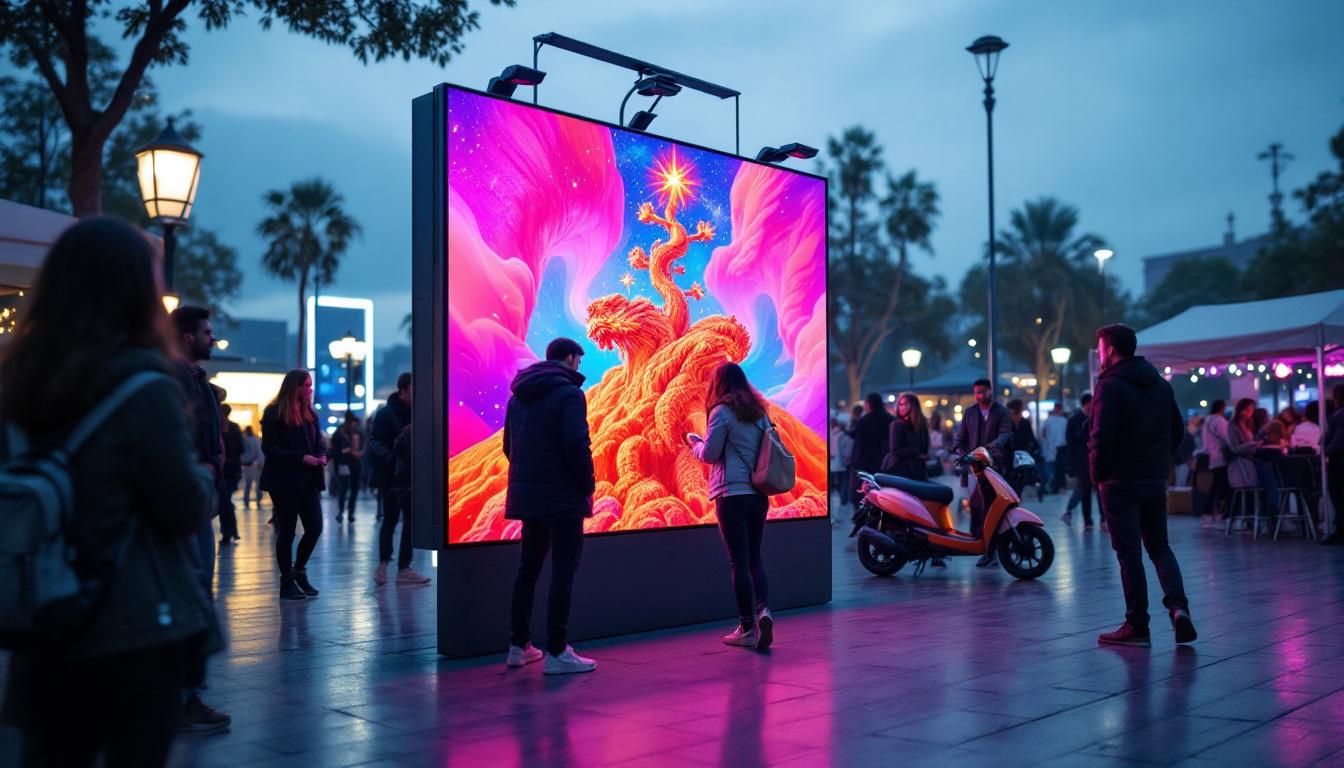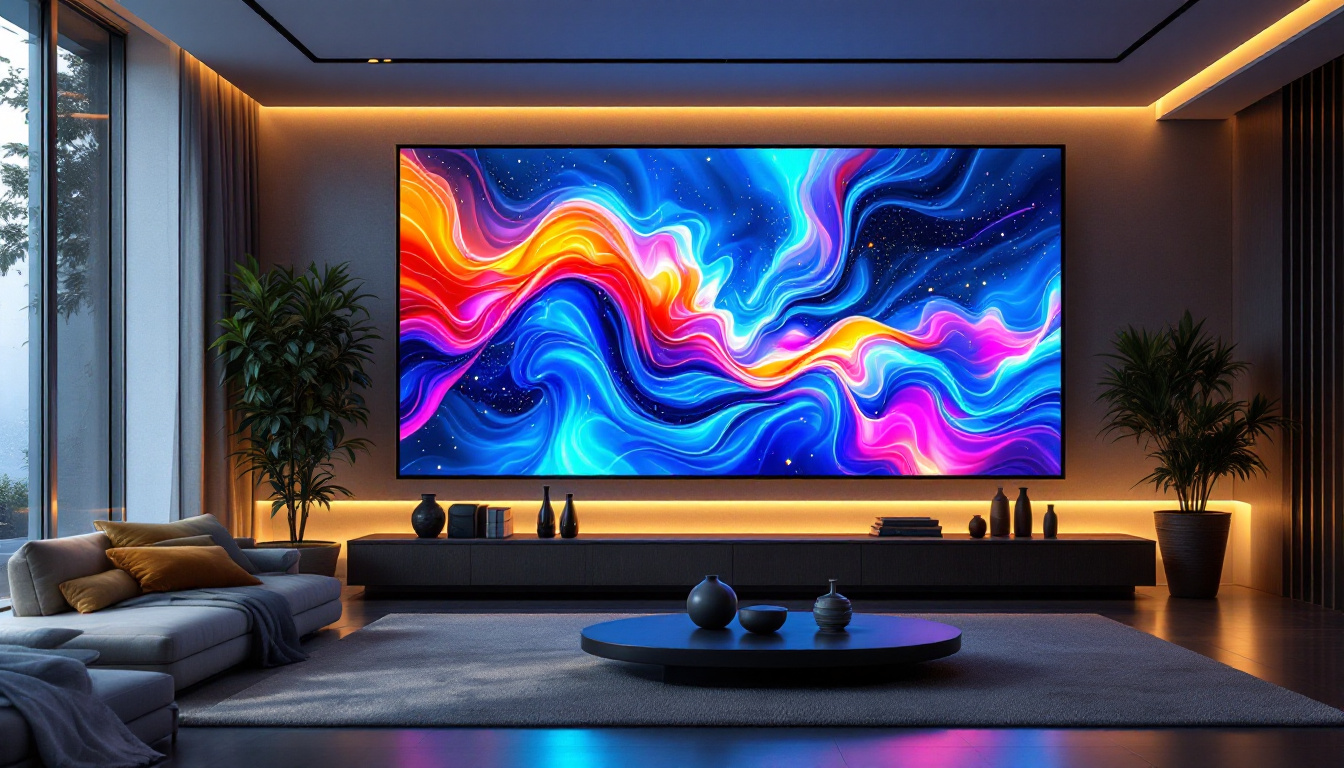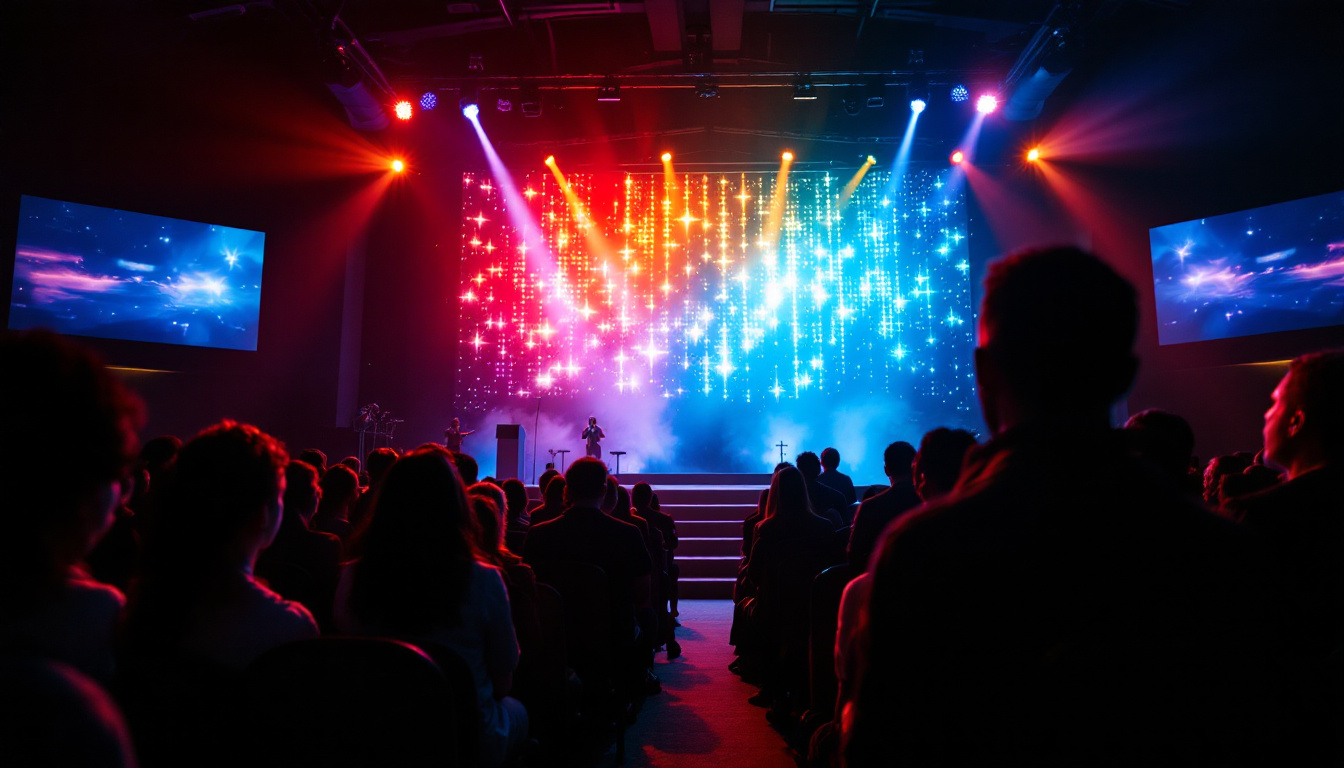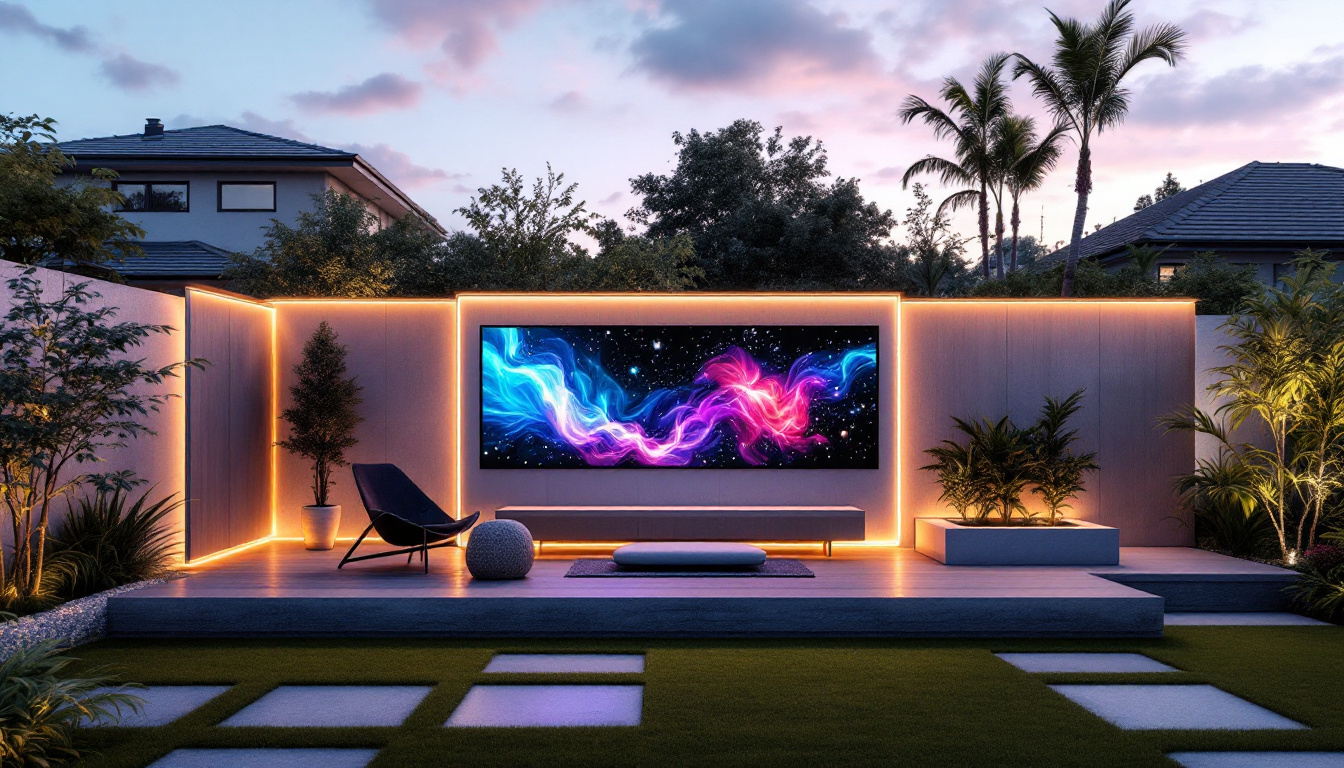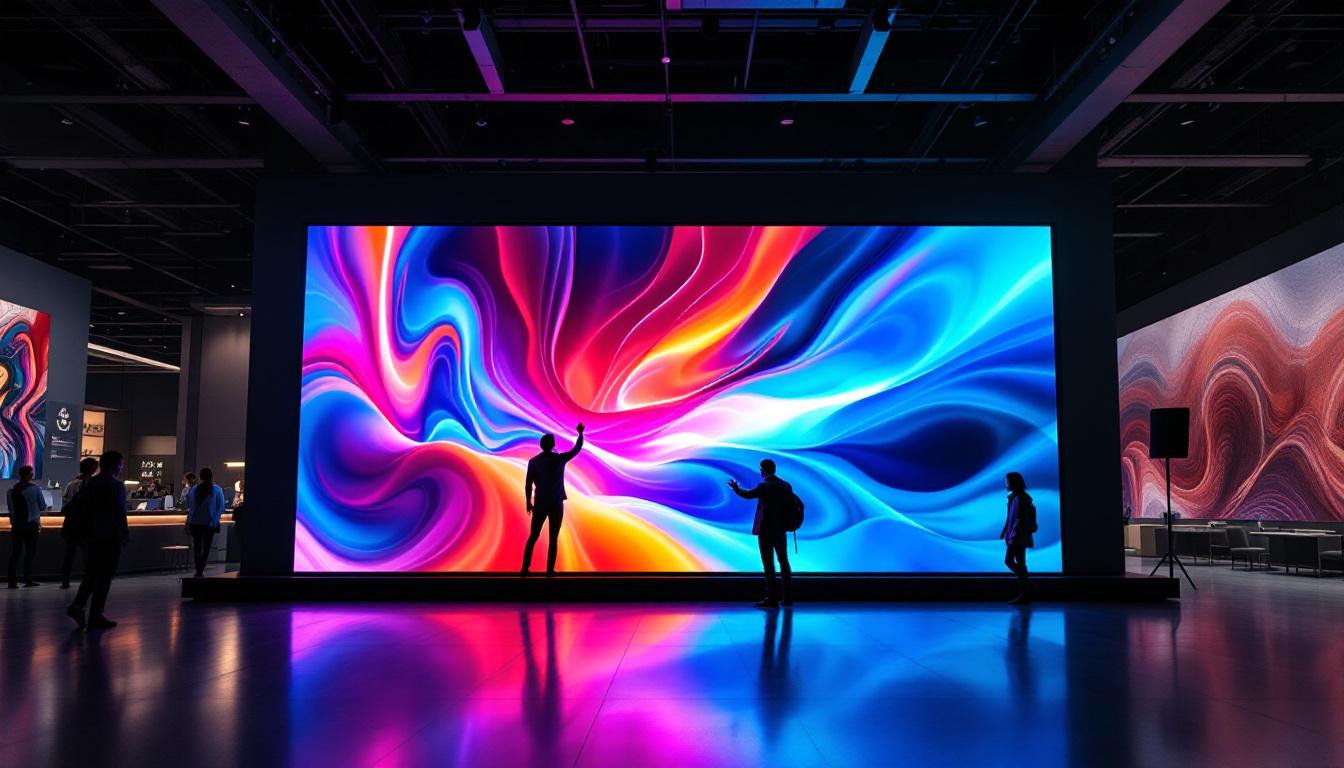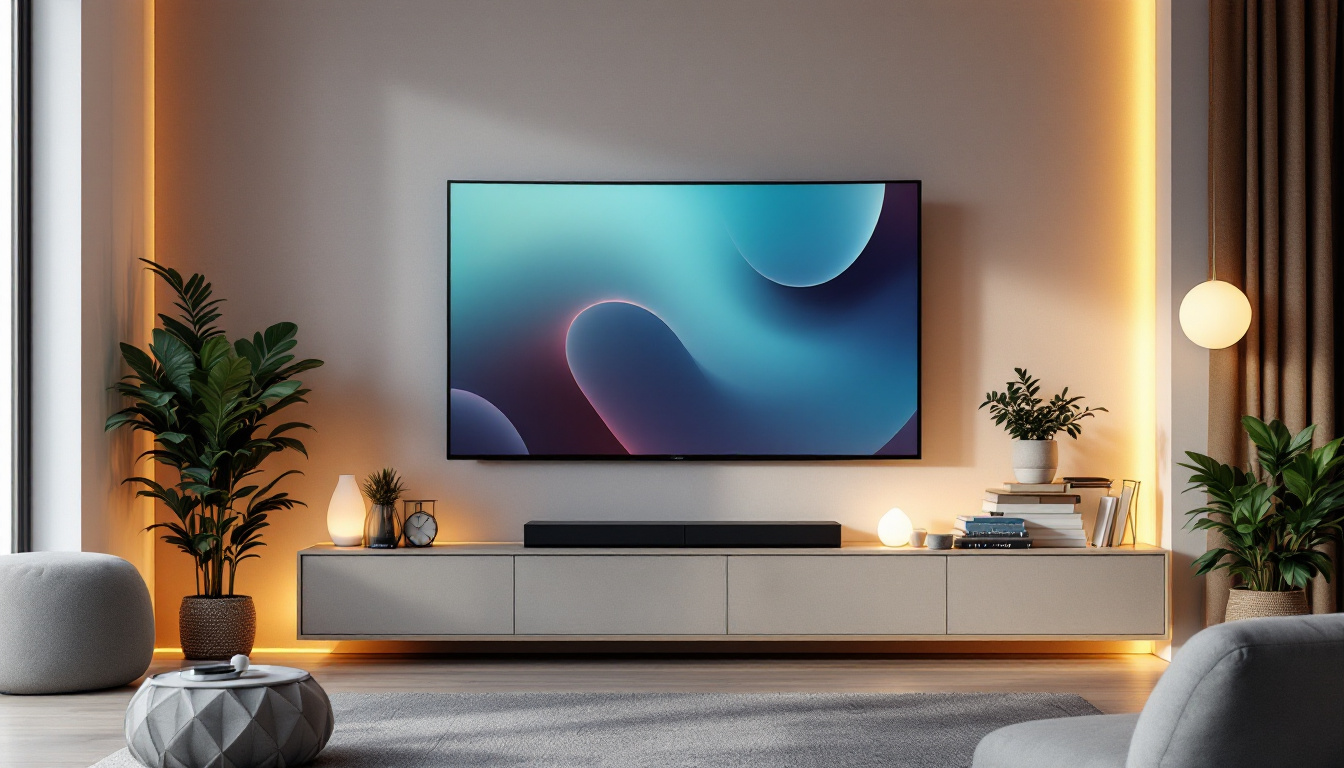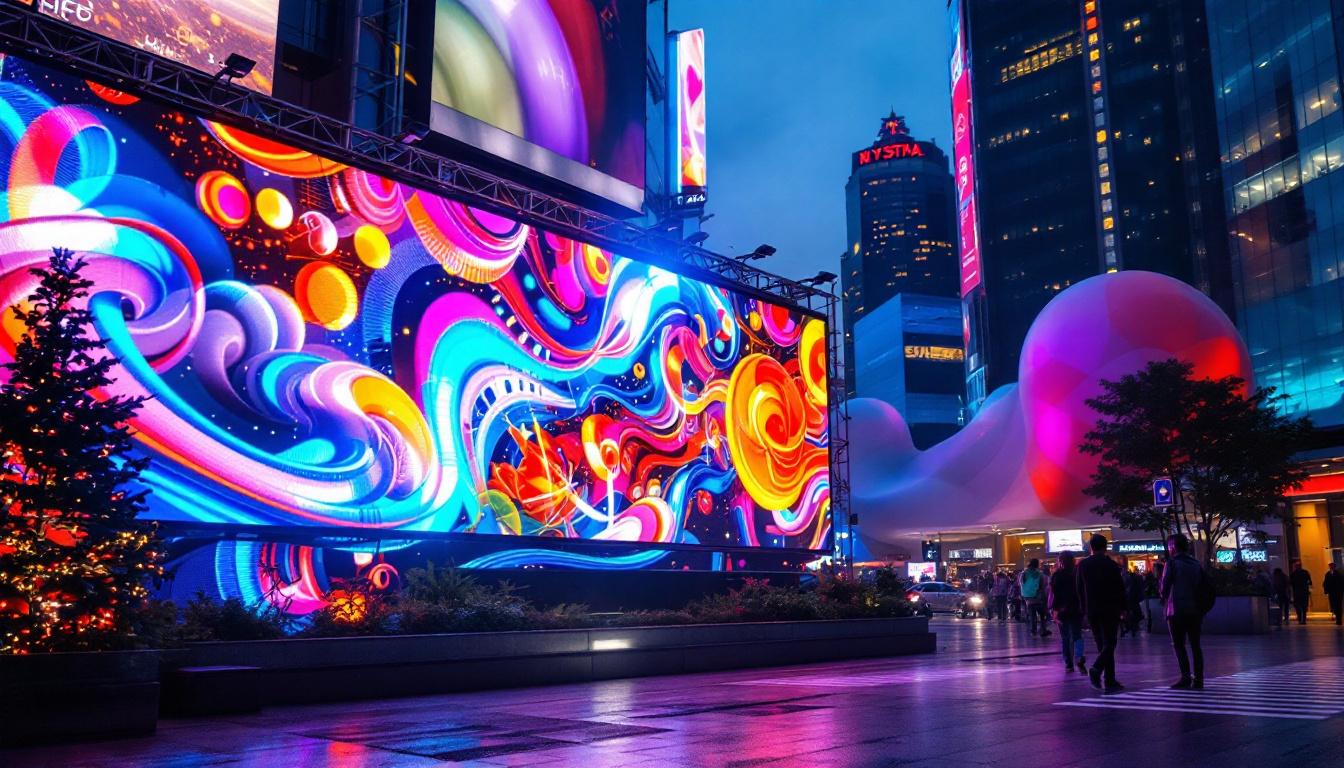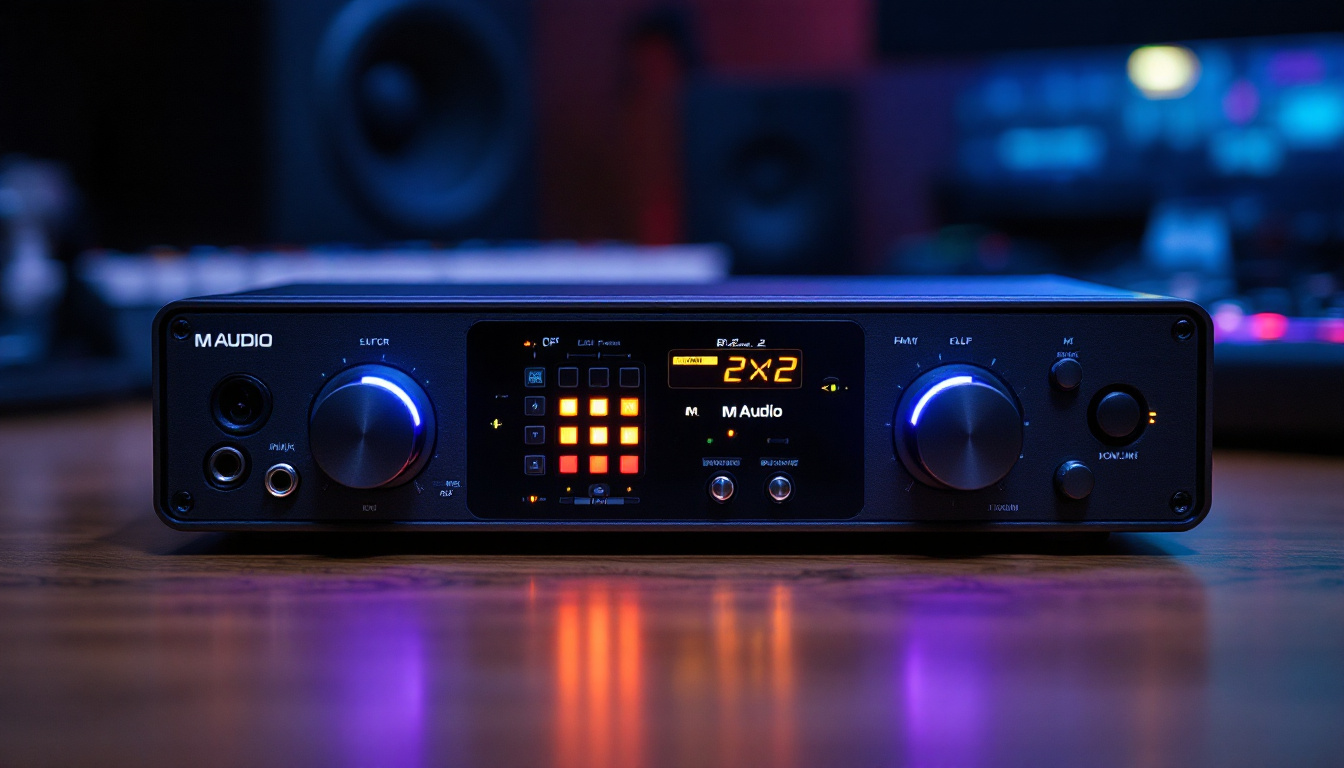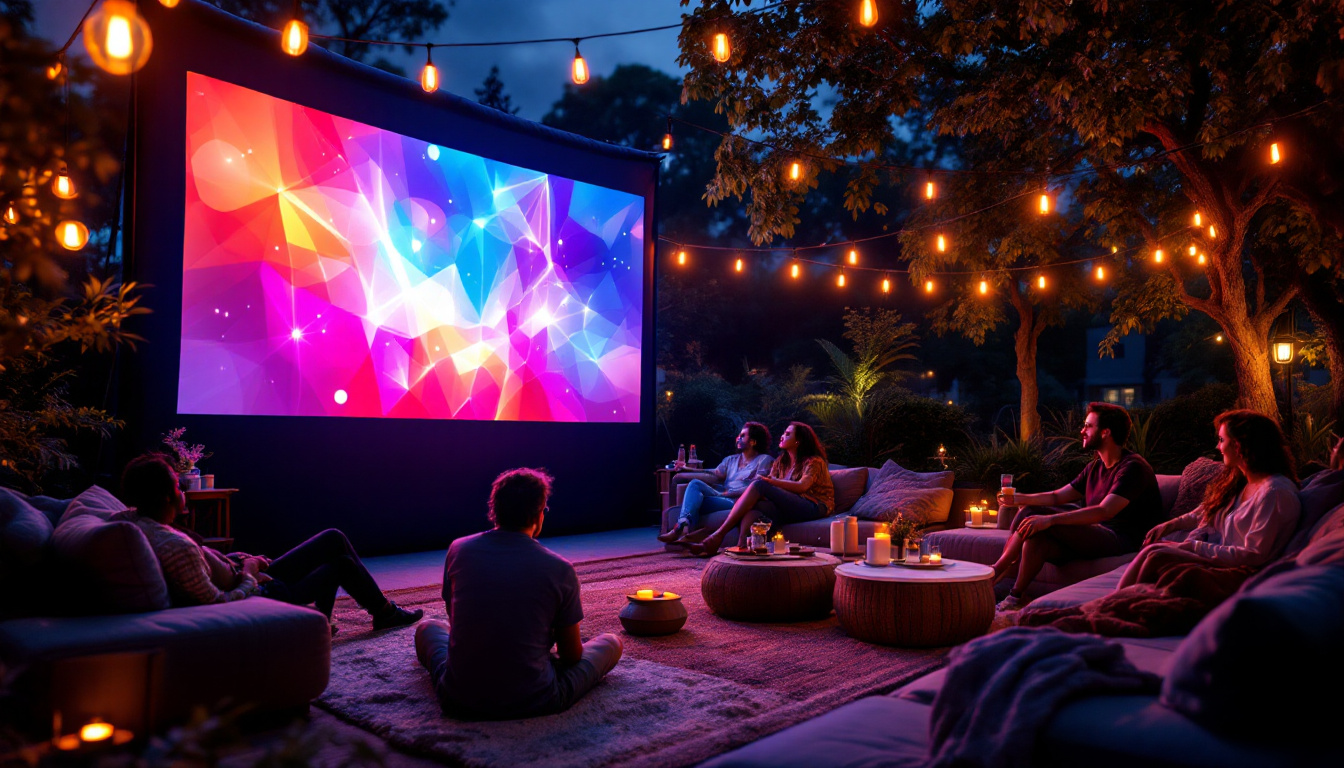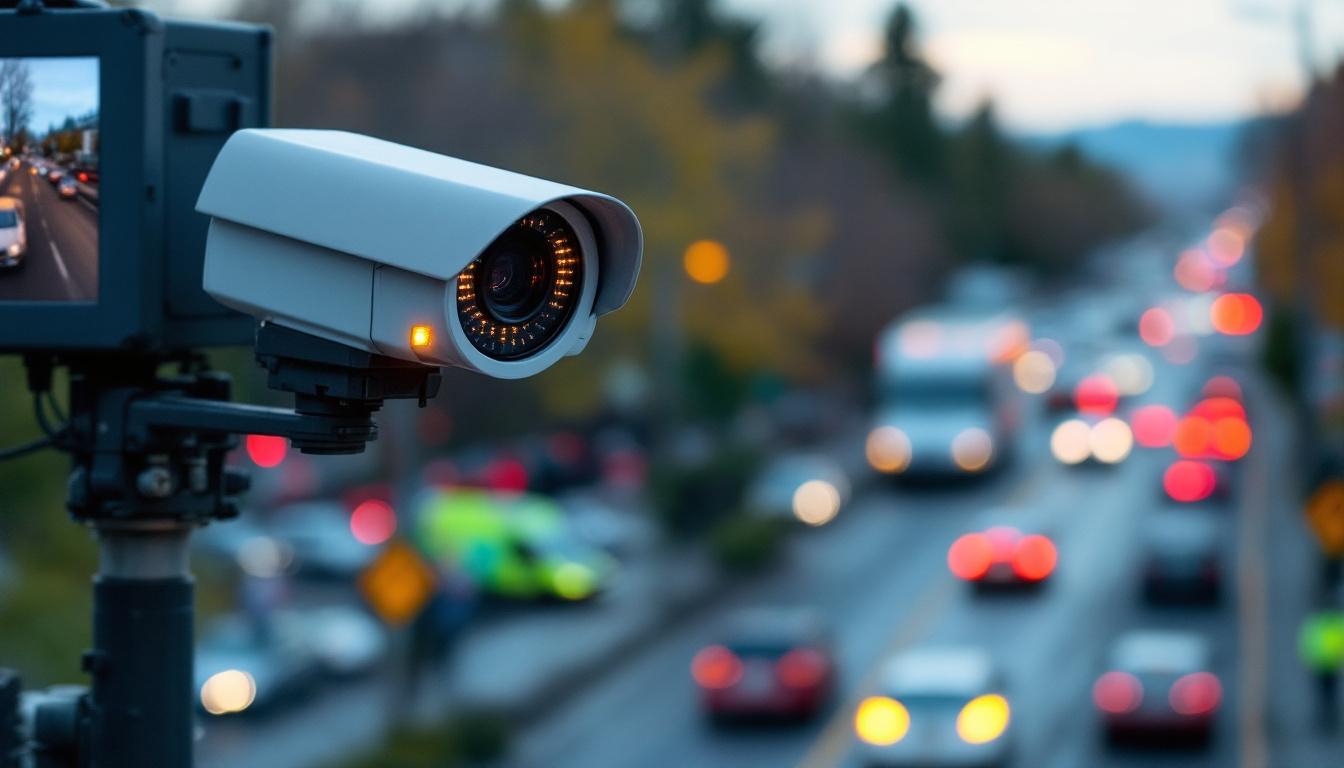In today’s fast-paced world, capturing attention quickly and effectively is crucial for businesses, event organizers, and public information providers. Portable outdoor digital signage, particularly LED displays, has emerged as a powerful tool to engage audiences in diverse environments. From advertising campaigns in bustling city centers to live event updates in remote locations, these dynamic displays offer unmatched visibility and versatility.
This article delves into the technology behind portable outdoor LED signage, exploring its benefits, key features, and practical applications. Whether you’re a marketer, event planner, or municipal official, understanding how these displays work and why they matter can help you make informed decisions that maximize impact.
Understanding Portable Outdoor LED Displays
What Is Portable Outdoor Digital Signage?
Portable outdoor digital signage refers to mobile, electronic display units designed to present visual content such as advertisements, announcements, or interactive media in outdoor environments. Unlike traditional static signs, these digital displays can show dynamic content, including videos, animations, and real-time updates.
The portability factor means these signs can be relocated easily without the need for permanent installation. Typically mounted on trailers, wheeled stands, or lightweight frames, they are ideal for temporary setups at events, construction sites, or promotional campaigns. Moreover, their versatility allows them to be utilized in various settings, from bustling urban centers to remote outdoor festivals, ensuring that businesses can reach their target audience wherever they may be.
In addition to their mobility, portable outdoor digital signage often comes equipped with advanced features such as touch screens and interactive capabilities. This interactivity can significantly enhance user engagement, allowing passersby to interact with the content displayed, participate in surveys, or even access promotional offers directly from the screen. As a result, these displays not only serve as a medium for communication but also as a tool for gathering valuable data on consumer preferences and behaviors.
Why LED Technology Is the Preferred Choice
Light Emitting Diode (LED) technology forms the backbone of most portable outdoor digital signage. LEDs are semiconductor devices that emit light when an electric current passes through them. Their popularity in outdoor signage stems from several advantages:
- Brightness and Visibility: LEDs produce intense light, making displays easily readable even under direct sunlight. This is critical for outdoor environments where ambient light levels vary widely.
- Durability: LED panels are robust and can withstand harsh weather conditions, including rain, dust, and temperature fluctuations.
- Energy Efficiency: Compared to other lighting technologies, LEDs consume less power, which is essential for portable units often running on battery or generator power.
- Color Accuracy and Flexibility: LEDs offer vibrant colors and can be programmed to show a wide range of content, from static images to full-motion video.
Furthermore, the lifespan of LED technology is another compelling reason for its widespread adoption. With an operational life that can extend beyond 50,000 hours, LEDs significantly reduce the need for frequent replacements, translating to lower maintenance costs over time. This longevity is particularly beneficial for businesses that rely on outdoor signage for extended periods, as it ensures consistent performance without the worry of downtime due to burnt-out bulbs. Additionally, advancements in LED technology continue to improve the resolution and refresh rates of displays, making them an increasingly attractive option for high-definition content delivery in outdoor settings.
Key Features of Portable Outdoor LED Displays
Brightness and Pixel Pitch
Brightness is measured in nits, with outdoor LED displays typically ranging from 5,000 to over 10,000 nits. This high brightness ensures content remains visible in bright daylight. Pixel pitch, the distance between individual LED pixels, affects image clarity and viewing distance. Smaller pixel pitches (e.g., 4mm) provide sharper images but are generally more expensive, while larger pitches (e.g., 10mm) are suitable for longer viewing distances.
Choosing the right balance between brightness and pixel pitch depends on the intended use case. For example, a roadside advertising display viewed from 50 feet away can use a larger pixel pitch, while a sign placed closer to pedestrians requires finer resolution.
Portability and Power Options
Portability is a defining feature of these displays. Many models are designed with foldable or modular panels, allowing for quick assembly and disassembly. Trailer-mounted units often include stabilizing jacks and weatherproof enclosures for protection during transport.
Power sources vary depending on deployment duration and location. Common options include:
- Battery Packs: Rechargeable batteries enable several hours of operation without external power, ideal for short-term events.
- Generators: Portable generators provide extended power supply but add noise and require fuel management.
- Solar Panels: Increasingly popular for eco-friendly setups, solar panels can supplement or fully power LED displays in sunny environments.
Connectivity and Content Management
Modern portable LED signage systems often incorporate wireless connectivity options such as Wi-Fi, 4G/5G cellular networks, or Bluetooth. This allows remote content updates and real-time data integration, crucial for dynamic messaging like live event schedules, emergency alerts, or social media feeds.
Content management software (CMS) plays a vital role in controlling what appears on the display. User-friendly CMS platforms enable operators to schedule content, switch between media types, and monitor display health remotely, ensuring smooth operation without on-site technical expertise.
Applications of Portable Outdoor LED Displays
Advertising and Marketing Campaigns
Outdoor digital signage has revolutionized advertising by enabling brands to deliver eye-catching, targeted messages in high-traffic areas. Portable LED displays allow marketers to test different locations and campaigns without long-term commitments or costly installations.
For example, a retail chain might deploy trailer-mounted LED signs near shopping centers during holiday sales, or a food truck could use a portable display to promote daily specials. The ability to update content instantly means campaigns can respond to customer feedback or market trends in real time.
Event Management and Public Information
Concerts, festivals, sports events, and community gatherings benefit greatly from portable LED signage. These displays provide clear directions, schedules, safety announcements, and sponsor messages to attendees, enhancing the overall experience.
In emergency situations, such as natural disasters or public safety incidents, portable LED signs serve as critical communication tools. Authorities can rapidly deploy them to provide evacuation instructions, road closures, or health advisories, ensuring timely and visible messaging.
Construction and Industrial Sites
Construction zones and industrial sites often require temporary signage to inform workers and the public about hazards, progress updates, or regulatory compliance. Portable LED displays offer a flexible solution that can be moved as the project evolves.
High brightness and weather resistance ensure messages remain visible regardless of environmental conditions, improving safety and operational efficiency.
Choosing the Right Portable Outdoor LED Display
Assessing Your Needs and Environment
Before investing in a portable LED display, it’s important to evaluate your specific requirements:
- Viewing Distance: How far will your audience be from the display? This influences pixel pitch and screen size.
- Content Type: Will you display static images, videos, or live data feeds? Ensure your hardware and software support your content needs.
- Duration and Frequency of Use: For frequent or long-term deployments, durability and power options become more critical.
- Environmental Conditions: Consider weather exposure, temperature extremes, and potential vandalism risks.
Evaluating Technical Specifications
Key technical factors to examine include:
- Resolution and Screen Size: Larger screens with higher resolution provide better visibility but increase cost and power consumption.
- Brightness Levels: Ensure the display can handle the brightest outdoor conditions expected in your location.
- Ingress Protection (IP) Rating: A higher IP rating (e.g., IP65 or above) indicates better protection against dust and water.
- Weight and Setup Time: Lighter, modular designs reduce labor and transportation costs.
Budget Considerations
Prices for portable outdoor LED displays vary widely based on size, resolution, and features. While initial costs may seem high, consider the long-term benefits such as increased engagement, flexibility, and reduced printing or installation expenses.
Leasing or renting options are also available, providing access to high-quality displays without large upfront investments. This is particularly advantageous for short-term campaigns or seasonal use.
Future Trends in Portable Outdoor LED Signage
Integration with Smart Technologies
The future of portable outdoor LED displays lies in smart integration. Advances in artificial intelligence (AI) and Internet of Things (IoT) technologies are enabling displays to adapt content based on audience demographics, weather conditions, or real-time analytics.
For example, facial recognition and foot traffic sensors can tailor advertisements to the predominant audience, increasing relevance and effectiveness. Integration with mobile apps or augmented reality (AR) can further enhance user engagement.
Improved Energy Efficiency and Sustainability
As environmental concerns grow, manufacturers are focusing on reducing the carbon footprint of LED signage. Innovations in low-power LEDs, solar-powered units, and recyclable materials are making portable displays more sustainable.
Energy harvesting technologies, such as kinetic or wind energy, may soon supplement traditional power sources, enabling longer deployments in remote areas without fuel dependency.
Enhanced Durability and Versatility
Ongoing improvements in materials science are producing LED panels that are lighter, more flexible, and resistant to extreme conditions. This expands the range of possible applications, from curved or irregular surfaces to underwater or high-altitude environments.
Modular designs will continue to evolve, allowing users to customize screen size and shape quickly, adapting to diverse event or advertising needs.
Conclusion
Portable outdoor digital signage powered by LED technology represents a dynamic, effective solution for communication in a wide range of outdoor settings. Its brightness, durability, and flexibility make it indispensable for marketers, event organizers, safety officials, and many others.
By understanding the technical aspects, applications, and future trends of portable LED displays, organizations can harness their full potential to engage audiences, convey critical information, and elevate brand presence. Whether for a one-time event or ongoing campaigns, investing in the right portable outdoor LED signage can deliver measurable returns and lasting impact.
Discover LumenMatrix LED Display Solutions
Ready to elevate your outdoor communication strategy with the latest in LED display technology? LumenMatrix offers a comprehensive range of innovative LED display solutions tailored to your needs. From eye-catching Outdoor LED Wall Displays to versatile Vehicle LED Displays and beyond, our mission is to transform your visual storytelling. Experience the difference with LumenMatrix and captivate your audience like never before. Check out LumenMatrix LED Display Solutions today and bring your message to life with unparalleled clarity and impact.

